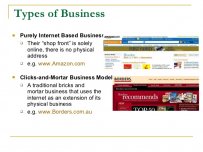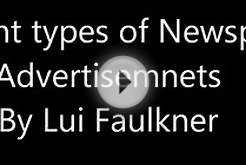One of the most significant types of Internet advertising is pay per click, usually referred to at PPC. Google is the dominant provider of PPC advertising on the Internet as of this writing. However, there are many other players who offer similar programs.
Used in conjunction with programs such as Google AdSense, a website owner (usually referred to as a "publisher") sets up a spot on a website to host PPC advertising. The spot can host either display banner ads or text only links. Google feeds the ads into the designated spot when the website is launched in a browser. The ad shown is based on either the website's market segment or visitor's interests.
On the flip side of the equation, advertisers pay for ads only when a visitor clicks on the ad on the publisher's website. Advertisers select keywords and topics relevant to their purpose that Google, in turn, uses to determine what ads to feed to various websites.
Google monitors the click activity and facilitates payments from the advertiser to the publisher, taking a portion of advertising revenues generated.
The advantages to both advertisers and publishers are significant. Advertisers save money by only paying for when visitors actually click on an ad. Because ads are fed based on interests of either the publisher's website or the visitor, advertisers can expand their presence on a myriad of websites without having to research and pay for each and every one of them. Publishers can generate revenue without having to solicit advertisers and sponsors. And the facilitating company, such as Google, gets paid, too. A win-win-win for all.
Challenges to the PPC model include imperfect targeting and keyword selection which can show irrelevant ads, especially when keywords can have multiple meanings. Additionally, in markets where there are many relevant keywords, it can become expensive for advertisers.













